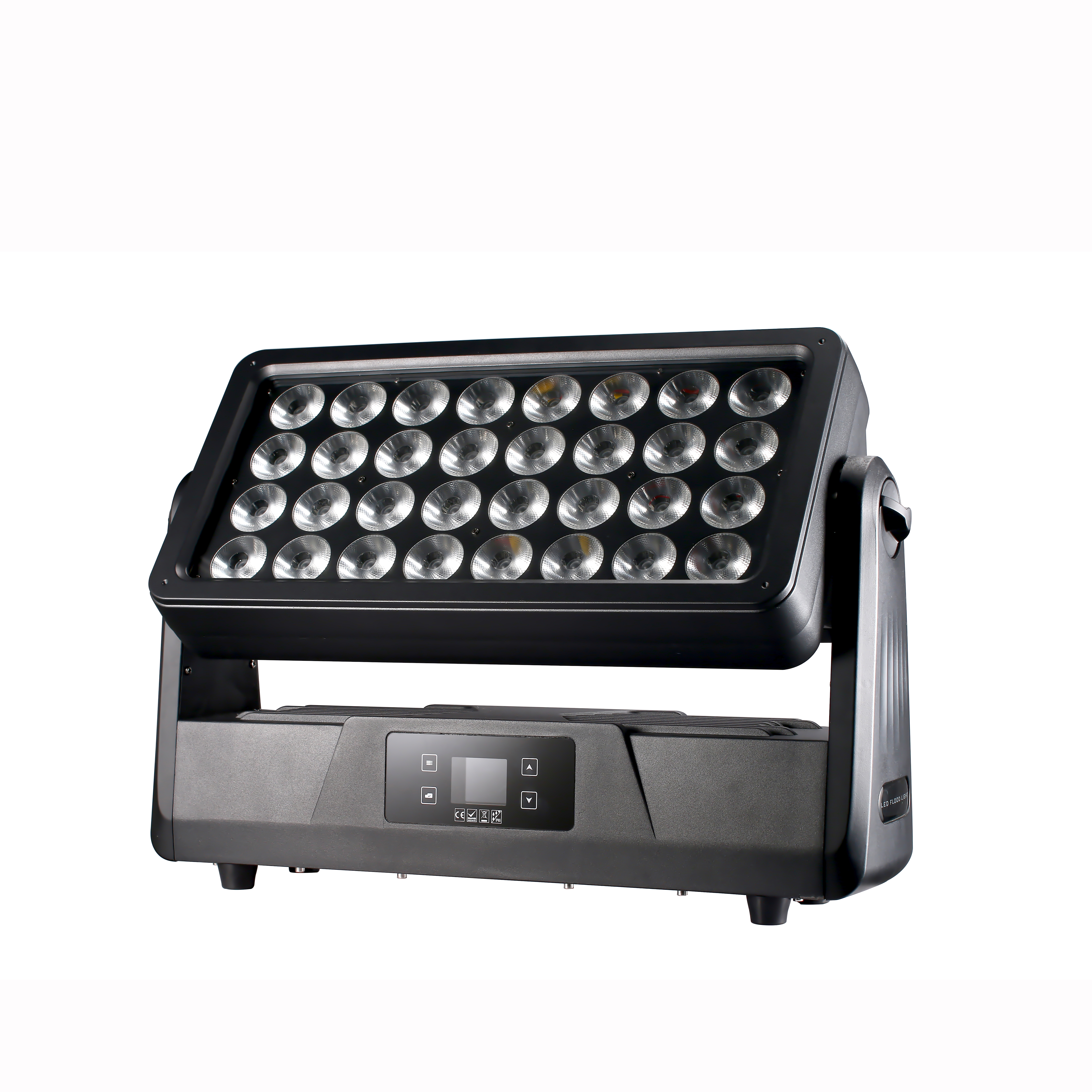Lighting Up the Stage Responsibly
In the modern era of environmental awareness and responsible production, the live entertainment industry is undergoing a significant transformation. One of the key drivers of this shift is sustainable lighting, which combines energy efficiency, eco-friendly materials, and smart control systems to reduce the environmental footprint of concerts, theater productions, and large-scale outdoor events.
Traditional lighting systems used to consume vast amounts of electricity and generate significant heat, often requiring substantial cooling systems. Today’s sustainable lighting for live shows features innovations such as LED technology, solar-powered setups, low-heat emission fixtures, and recyclable components. These improvements not only reduce carbon emissions but also contribute to lower production costs in the long term.
Technologies Leading the Green Revolution
The transition to energy-efficient stage lighting is supported by several key technologies:
LED Fixtures: High-efficiency LEDs have become the backbone of modern lighting setups. They consume up to 80% less power than traditional halogen lamps and have significantly longer lifespans.
DMX and Art-Net Integration: Intelligent control systems allow precise light programming, reducing unnecessary output and waste.
Battery-powered Wireless Units: Products such as the Waterproof Mini 4x20W 6in1 Battery Wireless LED Uplightcan operate for hours on a single charge, eliminating the need for extensive cabling and reducing electrical consumption.
Recyclable Construction: Many new lighting models use eco-conscious materials like magnesium alloy or recycled aluminum casings.
These technologies are not only better for the planet but also provide superior visual performance and flexibility for designers and technicians.
_xzTHYH.jpg)
Case Studies: Sustainability in Action
Several major events have already incorporated sustainable lighting fixtures with remarkable success:
European Music Festivals have adopted solar-powered LED towers that recharge during the day and illuminate stages at night.
In the 2024 Tokyo Open-Air Theater Project, designers replaced over 500 traditional moving heads with LED-based alternatives, reducing their power usage by more than 60%.
Worship spaces and cultural institutions increasingly rely on low-wattage, high-output lights like the 18x18W RGBWA+UV LED Par Light, blending sustainability with ambiance.

Blue Sea Lighting, a leading provider of professional lighting solutions, has responded to the demand by designing a new generation of IP-rated waterproof LED lights that operate efficiently even in harsh outdoor conditions. Their Outdoor 32pcs 30W RGBW 4in1 LED City Color Light has been praised for its energy performance and vibrant output.

Economic and Environmental Benefits
Sustainable lighting solutions are more than just environmentally conscious; they are also economically smart:
Lower Energy Costs: LED systems dramatically reduce electricity bills, especially during long productions and tours.
Reduced Maintenance: Long-lasting lights need fewer replacements and repairs, minimizing downtime and technician labor.
Compliance and Branding: Eco-conscious decisions align with green certifications and elevate brand perception among environmentally aware audiences.
Moreover, integrating smart lighting with automated scheduling and motion sensors can help venues conserve even more energy without sacrificing visual quality.
Challenges and Future Prospects
While the shift toward sustainable lighting in live shows is accelerating, several challenges still remain:
Initial Costs: Although prices have dropped, high-end LED fixtures and control systems still require upfront investment.
Training Needs: Lighting designers and technicians must adapt to new interfaces and programming methods.
Standardization: The industry still lacks universal sustainability benchmarks for fixtures.
However, innovations continue to emerge. Technologies like adaptive lighting, where fixtures adjust automatically based on audience size or ambient conditions, promise even greater efficiency. Research is also being conducted on biodegradable fixture housing and reusable lighting modules.
As the entertainment industry evolves, sustainability will no longer be optional—it will be essential. From touring bands to opera houses, the push toward green lighting is reshaping how we illuminate experiences.
READ MORE:
Products
Contact us





Blue Sea Lighting is an enterprise with rich experience in the integration of industry and trade in stage lighting and stage special effects related equipment. Its products include moving head lights, par lights, wall washer lights, logo gobo projector lights, power distributor, stage effects such as electronic fireworks machines, snow machines, smoke bubble machines, and related accessories such as light clamps.
Quick Links
For more questions subscribe to our email









